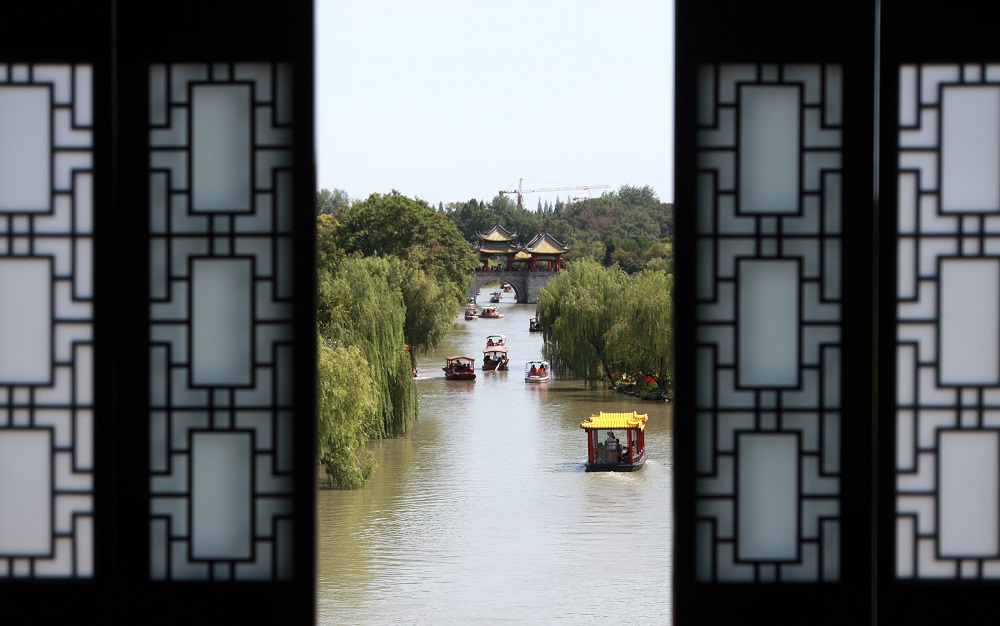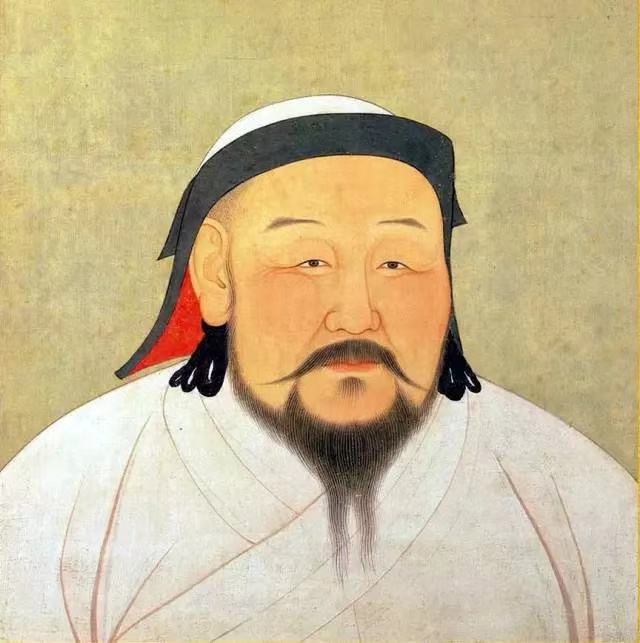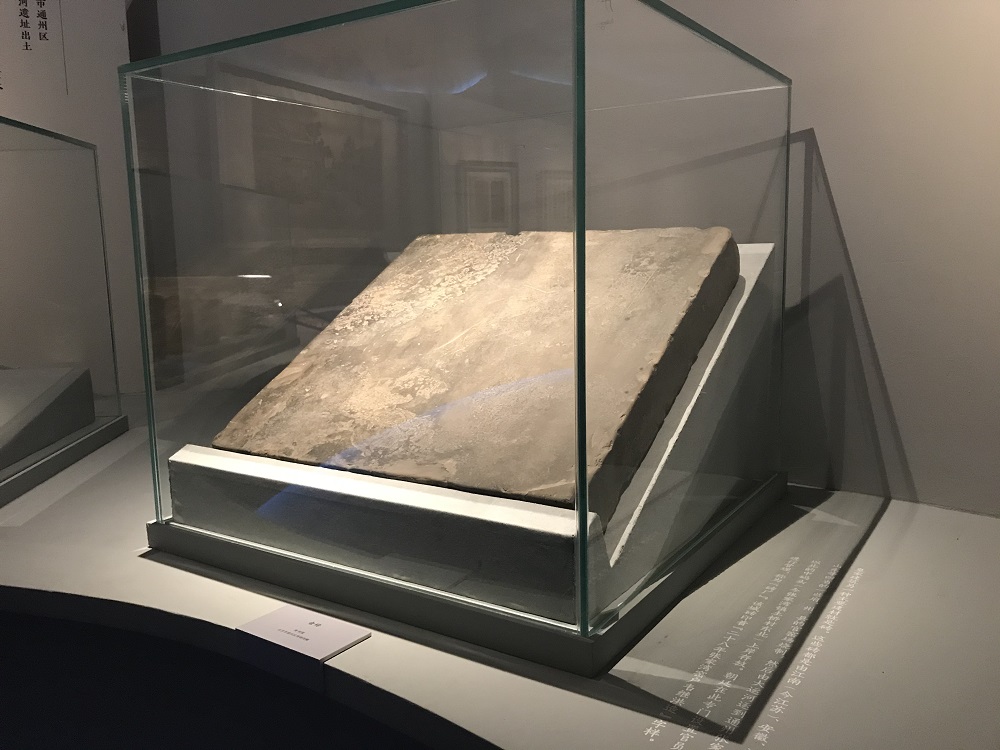Saga of the Grand Canal: Masterminds of milestones

The 3,200-kilometer Grand Canal dates back nearly 2,500 years. It passes through eight provinces and municipalities. In 2014, 27 sections of the canal, totaling 1,011 km, and 58 relevant heritage sites gained UNESCO World Heritage status. [Illustration/China Through Time: A 2,500-Year Journey Along the World's Greatest Canal, by Encyclopedia of China Publishing House and DK Publishing]
486 BC: King of the Wu State builds waterway linking Yangtze and Huaihe rivers
In 486 BC, Han Gou, in today’s Jiangsu province, was constructed following orders by Fuchai, a king of the Wu State during the Spring and Autumn Period (770-476 BC), to connect the Yangtze and Huaihe rivers. Subsequent monarchs continued digging canals to make full use of waterways,
advance transportation and enhance national stability.
605-610: Emperor Yang of Sui commissions canal centering on Luoyang
Sui Dynasty (581-618) Emperor Yang ordered a massive canal project from AD 605 to 610 centered on Luoyang, in today’s Henan province, as the “eastern capital” of his united empire. The 2,400-km canal links Zhuojun, near today’s Beijing, and Hangzhou, which is now Zhejiang’s provincial capital. Although the canal was originally built to consolidate his control over the northeast and southeast of his territory, the project’s expense undermined the ruler, who indulged in luxury and accelerated the dynasty’s fall. Nevertheless, his canal remained pivotal to transportation during the Tang (618-907) and Northern Song (960-1127) dynasties.

Southern Song Dynasty: Canal connecting Hangzhou and Ningbo is dredged
The canal in eastern Zhejiang, which was first constructed in AD 300, was expanded during the Southern Song Dynasty (1127-1279). Jurchen people ruled northern China in the Jin Dynasty (1115-1234). Song royals relocated the capital to Hangzhou during the Southern Song. As north-south transportation via the waterway was cut off, a canal connecting Hangzhou and Ningbo in Zhejiang was dredged and became a lifeline for the Southern Song.

1281-1293: Kublai Khan and Guo Shoujing excavate the northernmost section
During the Yuan Dynasty (1271-1368), Kublai Khan’s canal construction from 1281 to 1293 shortened the distance between Beijing, the national capital, then known as Dadu, and Hangzhou to 1,794 km. It was hailed as symbol of national reunification. A major project was Beijing’s Tonghui Canal, led by engineer and astronomer Guo Shoujing, which was crucial to food security. Downtown Beijing’s Shichahai Lake became the canal’s northern terminus.


1411: Song Li and Bai Ying dredge highest canal section in Shandong
In 1411, Ming Dynasty (1368-1644) official Song Li joined hands with Bai Ying, an experienced artisan in Shandong province, to dredge the highest canal section to enable the waterway to continue to flow in the following centuries. In 1451, the position of canal governor was established. The governor took charge of the watercourse along with military commanders.
The canal logistically benefited the Forbidden City’s construction in Beijing from 1406 to 1420. Quality bricks were shipped from Shandong and Jiangsu provinces to build the imperial city.

18th century: Emperor Qianlong imports culture along the Grand Canal
Qing Dynasty (1644-1911) emperor Qianlong (1711-99) toured the region south of the Yangtze along the Grand Canal six times, not only bringing back key elements of gardening styles to design of his imperial resorts in Beijing but also leaving many folk legends along the route. Peking Opera and Peking roast duck are believed to be introduced to Beijing from the south following the emperor’s tours.





